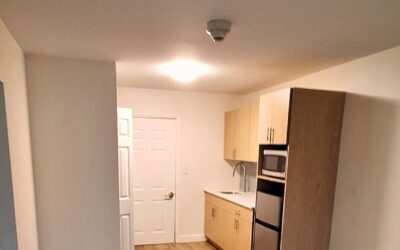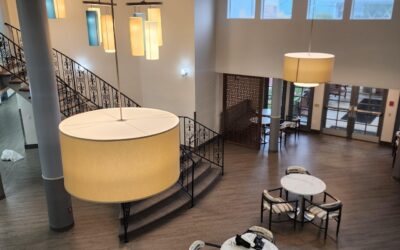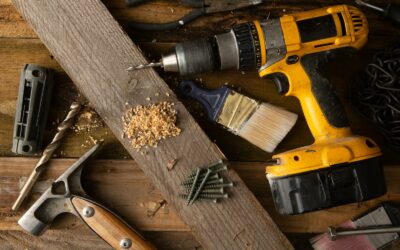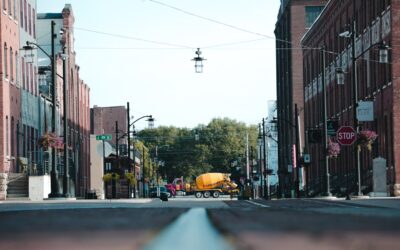When it comes to building construction, not all buildings are created with the same methods or materials. In fact, there are several different construction types, each with its own unique benefits and potential drawbacks. Understanding the different construction types can help you better understand the buildings you interact with every day, from the homes you live in to the skyscrapers you work in. In this post, we’ll explore the different building construction types and what makes each one unique.
Type 1: Fire-Resistive Construction
This type of construction is designed to withstand fire and contain it to a specific area of the building, protecting the occupants and property. These buildings are constructed with non-combustible materials, such as concrete and steel, and have fire resistance ratings for the various materials and components. This is the most common type of construction for high-rise buildings, and for buildings where fire safety is a top priority.
Type 2: Non-Combustible Construction
This type of construction also uses non-combustible materials, but is not required to have the same level of fire resistance as fire-resistive construction. The key difference between Type 1 and Type 2 construction is the fire rating, with Type 2 buildings typically having lower fire ratings. This type of construction is common for commercial and industrial buildings.
Type 3: Ordinary Construction
This type of construction uses materials such as brick, stone, and wood, which are considered combustible. However, it is designed to contain fires in specific areas of the building using fire walls and other measures. The structural components of the building, such as the beams and columns, are made of non-combustible materials. This type of construction is common for older buildings and may not meet modern building codes.
Type 4: Heavy Timber Construction
This type of construction uses thick, heavy timber beams and columns, and is designed to be highly resistant to fire. The wood is treated with fire retardant coatings to enhance its fire-resistance, and the large cross-sectional area of the beams helps to slow the spread of fires. Heavy timber construction is often used for commercial and residential buildings, such as churches and schools.
About The Different Types of Building Construction Types
1. Fire Resistive Construction:

Prevents the Spread of Fire:
Fire resistive construction is designed to contain fires within a specific area and prevent them from spreading to other parts of the building. Fire resistant materials such as concrete, steel, and gypsum board are used in the construction process. These materials have a high fire rating that can withstand high temperatures, preventing fire from spreading to other parts of the building.
Increases Occupant Safety:
Fire resistant buildings provide a higher level of safety to occupants during a fire. Such buildings are equipped with fire extinguishers, smoke detectors, and fire alarms, which can alert occupants of a fire and minimize the risk of fire-related injuries and fatalities. Moreover, fire resistive buildings can control smoke, heat, and flames, which also helps minimize the damage caused by a fire.
Higher Durability:
Fire resistant buildings are built to withstand fire, water damage, and other natural disasters. This type of construction uses materials that have a higher load-bearing capacity than typical building materials. These materials are also resistant to corrosion and are non-flammable, making them more durable in the long run.
Compliance with Building Codes and Insurance Companies:
Fire resistive construction is mandatory in areas susceptible to wildfires, earthquakes, and other natural disasters. Moreover, building codes require buildings to have fire-resistant structures to minimize fire-related risks. Therefore, building owners are required to comply with building codes and other regulations. The International Building Code ( IBC ) categorizes buildings into five types of construction, and each has different parameters. Insurance companies also prefer buildings that are fire-resistant since it reduces the likelihood of claims.
Cost-Effective:
At first glance, fire-resistant construction may seem expensive. However, it is a cost-effective solution in the long run. Fire-resistant structures require less maintenance, have a longer lifespan and lower insurance premiums. Moreover, fire-resistant buildings that utilize natural light and ventilation require less energy to operate, saving on utility costs.
2. Non-Combustible Construction

Benefits non-combustible construction
Non-combustible construction has several benefits when compared to combustible construction. Firstly, non-combustible materials have a higher resistance to fire, meaning occupants have more time to safely exit in the event of a fire. Secondly, non-combustible materials also have a higher resistance to other hazards such as flooding and earthquakes. Additionally, non-combustible materials are more durable and require less maintenance, saving building owners money in the long run. Finally, non-combustible buildings are more sustainable and greener than other building types since they can be recycled after demolition.
Applications of non-combustible construction
Non-combustible construction can be used in various applications, including commercial and residential buildings, bridges, and tunnels. Commercial buildings such as hospitals, schools, and hotels can hugely benefit from non-combustible construction as they house many occupants and require high safety standards. Residential buildings, especially in high-density areas, can benefit from the use of non-combustible materials as well. All or part of the interior structural elements (frame, floors, ceilings, etc.) is combustible/wood. For example, steel framing in residential buildings is known for its low environmental impact and cost-effective nature.
Codes and regulations surrounding non-combustible construction
Construction codes and regulations differ from state to state and can be complex. However, most regions require non-combustible materials to be used in specific applications and situations, such as stairs, elevators, and exit enclosures. In some cases, certain parts of the building might be required to be enclosed by non-combustible materials or have their fire ratings increased. It is important to consult with a professional team familiar with your location’s codes and regulations to ensure compliance.
Cost considerations
Non-combustible materials can be more expensive than combustible materials. However, lower insurance premiums, the durability of non-combustible buildings, and a reduction in maintenance expenses can make non-combustible construction more cost-effective in the long run. Additionally, sustainable building materials and methods have a positive impact on the environment and contribute to a greener future
3. Ordinary Construction

Functionality over Design
When it comes to ordinary construction, functionality takes precedence over aesthetics. These structures are designed to serve a practical purpose, be it housing, transportation, or storage. But just because they’re not flashy doesn’t mean they’re not effective. Take, for example, a simple warehouse. The facility may not be ornate or have any standout features, but it serves the crucial function of storing and organizing goods. When we focus on the practical function of ordinary construction, we can appreciate their beauty in a different way.
The Role of Simplicity
Ordinary construction employs simplicity in its design. A prime example of this is the humble white picket fence. While not the most eye-catching structure, it provides numerous practical functions, such as marking property lines or preventing pets from escaping. The simplicity of ordinary construction also contributes to its longevity. These structures don’t rely on elaborate designs or attention-grabbing features, so they can withstand the test of time in a way that some more complicated designs cannot.

4. Heavy Timber Construction
Sustainability: Heavy timber construction is a sustainable building method due to its use of wood as the primary material. Wood is renewable, recyclable, and has a much lower carbon footprint compared to materials like steel or concrete. Additionally, wood sequesters carbon from the atmosphere, which can help reduce the impacts of climate change. Choosing heavy timber construction for your next build is a sustainable choice that can have a positive impact on the environment.
Durability:
Heavy timber construction is incredibly durable due to the strength of the wood used. Timber can resist heavy loads and strong winds, making it a great option for buildings in areas prone to natural disasters like hurricanes or earthquakes. Additionally, wood is not susceptible to corrosion like other materials such as steel, so it requires less maintenance and has a longer lifespan. Choosing heavy timber construction for your next build means your structure will be able to withstand the test of time.
Aesthetic Appeal:
Heavy timber construction projects can also add a beautiful, rustic appeal to your building. The exposed timber beams and posts can add warmth and character to the space, creating a cozy and inviting atmosphere. Additionally, wood can be stained or painted to match any design aesthetic, making it a versatile option for any project. Choosing heavy timber construction for your next build means you can have a unique and visually appealing structure.

South Coast Improvement
South Coast Improvement is the go-to resource for all types of construction projects. We have the knowledge, experience and resources to handle any type of construction requests. For more information on how we can help bring your project to life, call them today and talk with an experienced construction specialist. With their capable team by your side, you can rest assured that your dreams will become reality soon! Let South Coast Improvement turn your vision into reality.
In conclusion, understanding the different building construction types is key to understanding building fire safety and resilience. Building elements like the structure, walls, floors, and roof are all telling of a building’s class. While each type has its own advantages and drawbacks, they all play a crucial role in the built environment of our cities and towns. By understanding the unique characteristics of each type, we can better design and construct buildings that meet the needs of our communities and keep people safe from harm.
View Our Work
Brandywine Haverford Estates by Monarch
South Coast Improvement Company has completed interior renovations at the senior living community, Brandywine Haverford Estates by Monarch. We were entrusted with enhancing the facilities, and the results speak for themselves. The team brought diligence and...
Nouveau Marc by Barclay House
South Coast Improvement Company proudly partnering with QSL Management delivered a comprehensive renovation at Nouveau Marc by Barclay House, a premier senior living community. This project focused on revitalizing key resident areas with an emphasis on safety,...
